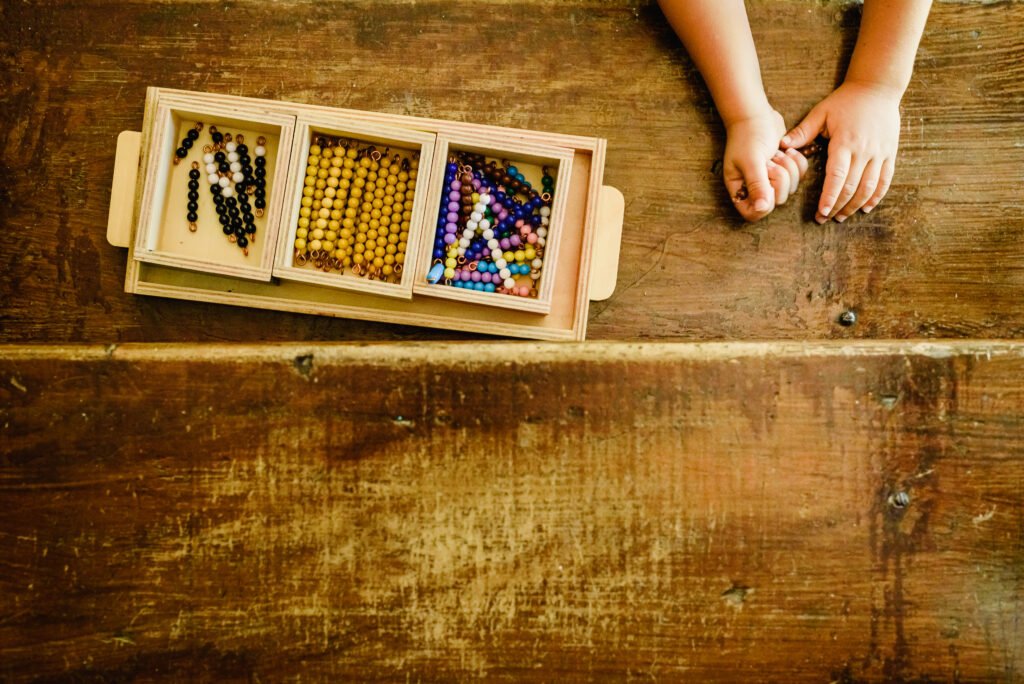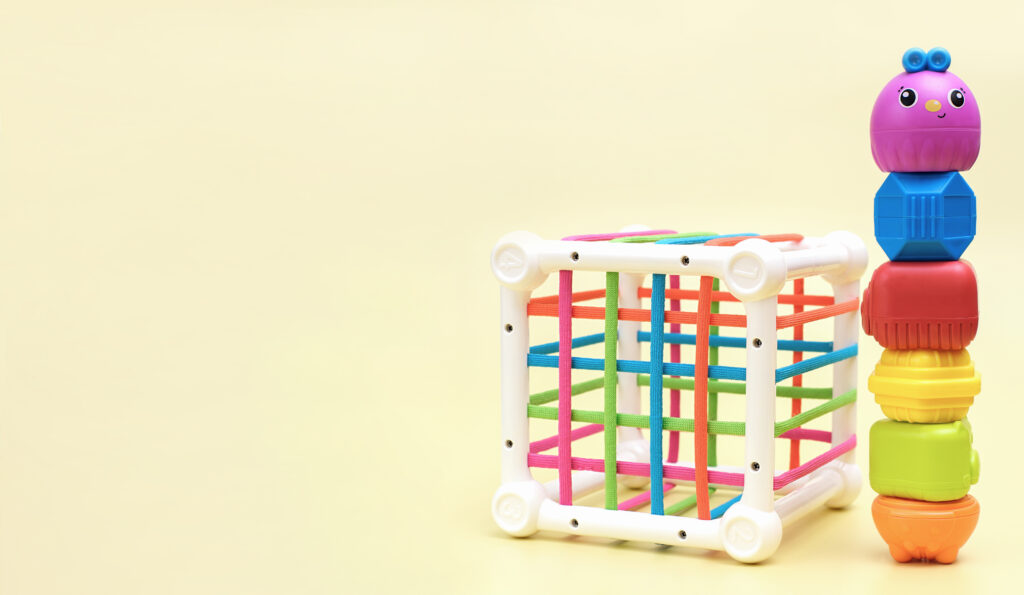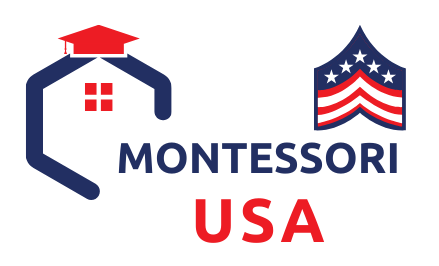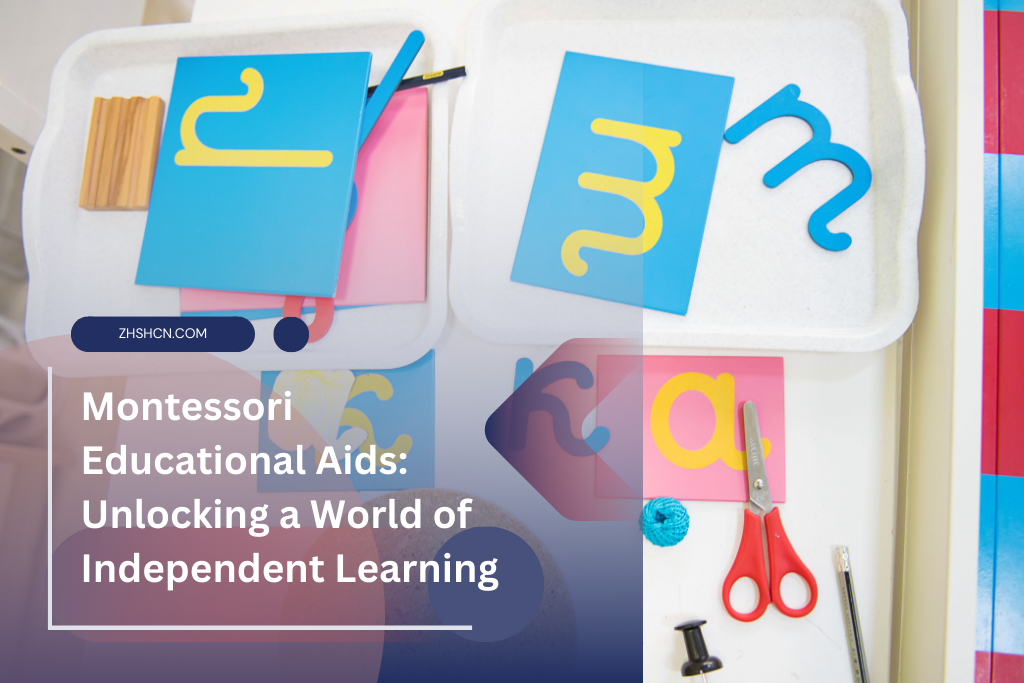Montessori educational aids are meticulously designed to foster independent and hands-on learning in children. The essence of these aids lies in their simplicity and direct approach to educating young minds. With an array of materials catering to children’s sensory and cognitive development, Montessori educational aids are indispensable for any Montessori-based learning environment.
Key Takeaways:
- Understanding the core principles of Montessori educational aids and their pivotal role in promoting self-directed learning.
- Exploration of various Montessori materials and their contribution towards a child’s holistic development.
- Insight into the Montessori curriculum and how educational aids are integrated into daily learning.
Core Principles of Montessori Educational Aids
Montessori education thrives on the core principle of fostering independence in children from a tender age. The educational aids used in Montessori settings empower children to learn independently, explore their interests, and develop a solid foundation for lifelong learning. The Montessori method encourages self-directed learning through exploration and play, significantly achieved through various specially developed materials1.
Relevant Reading: 10 Common Montessori Learning Materials and How They Help Your Child
Independent Learning
One of the primary objectives of Montessori educational aids is to promote independent learning. These materials are designed to self-correct, allowing children to realize and correct their mistakes independently. This self-directed learning aspect promotes problem-solving skills and instills a sense of responsibility and self-discipline in young learners.
Hands-on Learning
Montessori materials are ingenious hands-on learning tools that stimulate children’s minds, encourage exploration, and inspire independent learning. They are enticing, simple to use, and intentionally support children’s learning and development2.
Montessori Materials
Montessori education employs a range of materials to ensure a well-rounded development of children. These materials are categorized based on their learning areas, such as practical life skills, sensorial development, math, language, and cultural studies.
Practical Life Materials
Materials like pouring jugs, spoons, tweezers, and other everyday objects are utilized to teach practical life skills. These materials enhance fine motor skills, hand-eye coordination, and everyday life skills.
Sensorial Materials
The Montessori sensorial materials, like the color tablets, geometric solids, and sound cylinders, help refine the children’s senses and develop observational skills.
Mathematical Materials
Montessori math materials like the bead cabinet, number rods, and spindle boxes provide a hands-on approach to learning mathematical concepts. These materials are instrumental in making abstract math concepts concrete and understandable for young children.
Language Materials
Materials such as sandpaper letters, movable alphabets, and metal insets make language learning engaging and effective.
Cultural Materials
Montessori cultural materials enable children to explore various aspects of the world, including geography, history, and science.

Integration of Montessori Educational Aids in Daily Learning
Montessori educational aids are an integral part of the Montessori curriculum, enhancing the learning experience by providing a structured yet flexible environment for children to explore and learn. For instance, Montessori learning aids like fraction circles, number maps, and sorting boards are designed to stimulate children’s minds and encourage exploration3.
Structure and Flexibility
The structured yet flexible nature of Montessori educational aids allows for an organized learning environment where children feel safe to explore and learn at their own pace.
Accessibility and Inclusivity
Montessori classrooms are designed to be safe and inviting, with various materials accessible to all children, creating an inclusive learning environment.
Benefits of Montessori Educational Aids
Montessori Educational Aids have a significant impact on the learning and development of children. The benefits are manifold and have long-term effects on a child’s education journey.
Development of Motor Skills
Children naturally develop their fine and gross motor skills through the use of Montessori materials. The hands-on nature of the materials promotes coordination and precision.
Sensorial Development
Montessori educational aids are designed to refine the senses, aiding children in distinguishing, categorizing, and relating new information to what they already know.
Concrete Understanding of Abstract Concepts
Montessori materials help children understand abstract concepts by translating them into tangible learning experiences. This is especially notable in subjects like mathematics and geometry.
Development of Concentration and Focus
The self-directed nature of Montessori education helps children develop a high concentration and focus, which is vital for their future academic and personal endeavors.
Fostering a Love for Learning
Montessori educational aids are designed to ignite curiosity and foster a love for learning, which will likely stay with children throughout their lives.

Selecting the Right Montessori Educational Aids
Consider the Child’s Age and Developmental Stage
When selecting Montessori materials, it’s essential to consider the child’s age and developmental stage to ensure the aids meet their current learning needs.
Ensure High-Quality Materials
High-quality materials are crucial as they withstand the test of time and ensure the safety of the children.
Relevance to the Montessori Curriculum
Ensure that the materials you choose are relevant to the Montessori curriculum and will aid in achieving the educational objectives.
Montessori Educational Aids in Classroom and Home Settings
Classroom Settings
In a Montessori classroom, the materials are organized in a way that is accessible to every child, fostering a sense of independence and encouraging self-directed learning.
Home Settings
Parents can also incorporate Montessori educational aids at home to extend the learning environment beyond the classroom.
YouTube Video: DIY Montessori Materials on a Budget
Transition Between Home and School
Maintaining consistency in the learning approach between home and school benefits the child’s seamless educational journey.
FAQs
What are the core principles of Montessori education?
Montessori education involves self-directed activity, hands-on learning, and collaborative play.
How are Montessori educational aids different from traditional educational materials?
Montessori educational aids are designed to be self-correcting and encourage independent learning, unlike traditional educational materials.
How can parents choose the right Montessori materials for home use?
Parents can choose materials based on the child’s age, interests, and the skills they aim to develop.
Additional Resources
For further exploration and understanding of Montessori educational aids, the following resources are recommended:
- Benedykt and Sylvester on Montessori Learning Materials
- American Montessori Society’s Early Childhood Materials List
- Montessori Materials at Montessori Academy

